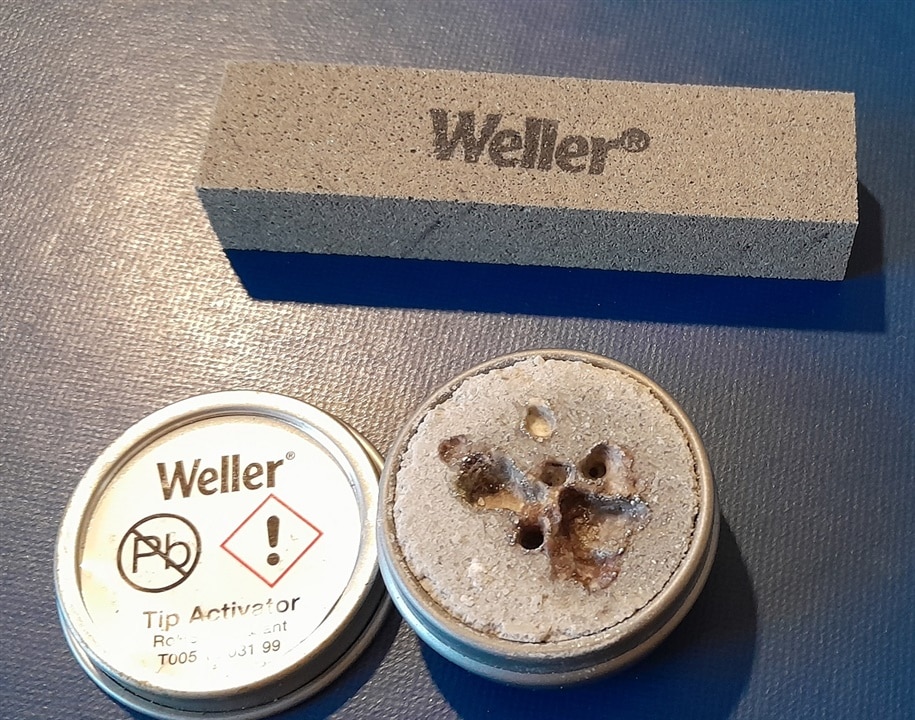I recently forgot to turn off the soldering station and ended up leaving it on on at 380 °C for around 12 hours. The tip ended up very oxidized and unable to get tin to stick to it. I looked for information on how to "revive" the tip and found a video about it from Androkavo https://www.youtube.com/watch?v=JADI1N-K9Yc. I tried everything shown there except the sandpaper, the steel wool, the knife and the tip tinner. After a lot of effort, I managed to get a bit of the surface with a more silvery look, but It still could not get solder to stick to the tip. As a last resource I decided to try electrolysis, which I know is quite effective in removing rust, but I was not able to find any info on how good or bad of an idea is to do it with a soldering tip. I left the tip submerged into a beaker with tap water and electrolyzed it for around 5 minutes. After removing it from the bath its color barely changed, so I didn't expect much, but when I tried to put solder into it, tin began to stick into it.
It is unclear to me whether electrolysis caused any damage to the soldering tip, so I do not recommend using this method unless you are willing to take the risk or have more knowledge about chemistry than I do.


